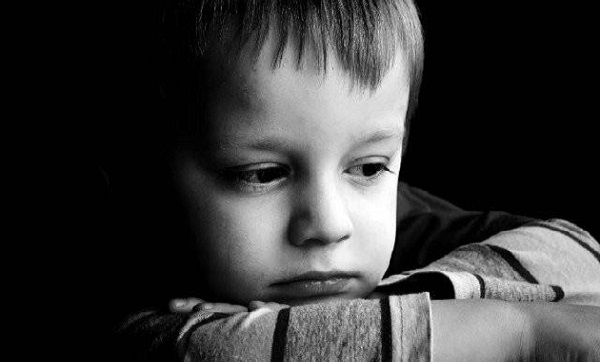How to explain death to a child
11 March 2017[Previous post: http://bit.ly/2msUW7E]
According to Fr. Symeon Venetsanos ‘the spiritual or moral awakening of a child occurs gradually, depending on the degree of maturity, readiness ad receptiveness of the child concerned’. Some children will become aware early, others normally and others again rather later, even if they’re subject to precisely the same stimuli. In each case, the people in the children’s environment should respect each child separately, not exert pressure and, in the case of premature questions, should not assume that the child is ready to accept more mature answers. It should be remembered that they’re still children.

So teaching about death should begin with children’s first questions about it, which will be prompted by the stimuli and experiences which they’ve encountered in their daily lives. Sister Magdalene, at the Monastery in Essex recommends that adults should pay careful attention to these questions and not put off any discussion or answer for a more convenient time, leaving the children with unanswered questions. Moreover, the amusement which might be caused by a child’s question shouldn’t detract from the seriousness of the answer due to it.
Within the context of genuine communication with children, grown-ups shouldn’t appear as superior know-alls, but rather as companions in the search for truth. The children need to be presented with the opportunity for free discussion and even disagreement, while it’s also desirable that adults should acknowledge their ignorance in certain areas, particularly the matter of death, which is a mystery for us. Adults should speak openly and explain this mystery sincerely, whilst being aware, of course, of the limitations and needs of the child. The explanations should be so transparent that they can be absorbed by the child’s soul.
As regards the language to be used in explanations, it should be simple, comprehensible and appropriate to the cognitive level of the children. It’s better to use clear terms and words (e.g. death, cancer, died etc.) rather than euphemisms (departed, sleeping, resting). But there’s no general recipe for explaining death; it depends on each child individually.
In this ambience of respect, grown-ups should use every opportunity which arises in daily life to talk to children about death. Such as, for example, a withered flower or a dead bird in the garden. It’s important that death should be perceived as the natural end of life, without it provoking anxiety or panic. Experiencing a dead flower or animal will help children to separate out the notions of life and death. In the case of an animal, it’s important to stress the lack of movement, the tranquillity and the coolness of a dead body. It can be explained that a human body also has these features when it’s dead. Just as a flower doesn’t blossom again after it’s died, a dog stops barking and running. In the same way, a person stops moving, breathing, eating and talking.
But children, and indeed other people, are best prepared for this through the death of others. Contrary to the prevailing view these days, its beneficial to give children the opportunity to become acquainted with hospitals, old people’s homes and cemeteries in such a way that they won’t be terrified or repulsed. In this way, it’ll be easier for them to understand the cycle of life, and death as part of it. When people grow up in agricultural areas, usually in extended families, they accept birth and death as natural occurrences, since, from childhood, they’re brought up to see both of them in the home.






